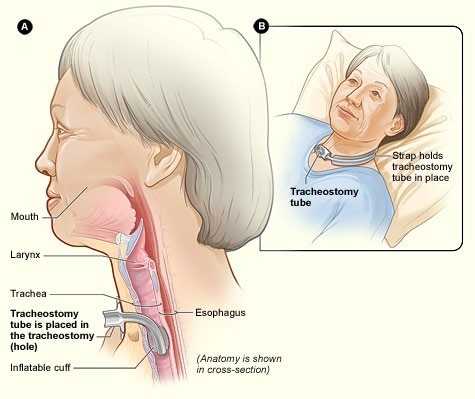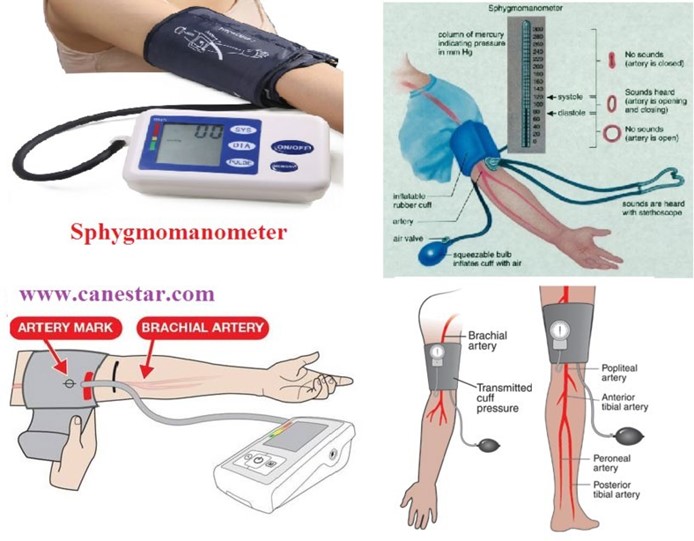A nurse is caring for a client who has a tracheostomy. Which of the following actions should the nurse take?
Secure the tracheostomy ties to allow one finger to fit snugly underneath.
Use a cotton tip applicator to clean inside the inner cannula.
Cleanse the skin around the stoma with normal saline.
Soak the outer cannula in warm, soapy tap water.
The Correct Answer is A
When caring for a client who has a tracheostomy, the nurse should secure the tracheostomy ties to allow one finger to fit snugly underneath. This helps ensure that the tracheostomy tube is secure and prevents accidental dislodgement.
b) A cotton tip applicator should not be used to clean inside the inner cannula as it can leave fibers behind
and increase the risk of infection.
c) The skin around the stoma should be cleansed with sterile saline, not normal saline, to reduce the risk of infection.
d) The outer cannula should not be soaked in warm, soapy tap water as this can introduce bacteria and increase the risk of infection.

Nursing Test Bank
Naxlex Comprehensive Predictor Exams
Related Questions
Correct Answer is B
Explanation
The correct answer is that the nurse should turn off the faucet with a clean, dry paper towel when performing hand hygiene at the beginning of his shift. This helps to prevent recontamination of the hands by touching the faucet with clean hands.
Options a, c and d are not correct actions for performing hand hygiene. Rubbing hands together to cause friction for at least 10 seconds, drying hands by working from the forearms down to the fingertips and keeping hands above elbow level when washing are not recommended practices for hand hygiene.
Correct Answer is A
Explanation
When checking a client's blood pressure, the nurse should use a cuff with a width that is about 60% of the client's arm circumference. This will help to ensure that the cuff fits properly and provides an accurate reading.
Options b, c, and d are not correct. The cuff should be applied over the client's brachial artery, which is located in the antecubital fossa. The client should sit with their arm resting at the level of their heart, not above it. The pressure on the client's arm should be released at a rate of 2 to 3 mm per second, not 5 to 6 mm per second.

Whether you are a student looking to ace your exams or a practicing nurse seeking to enhance your expertise , our nursing education contents will empower you with the confidence and competence to make a difference in the lives of patients and become a respected leader in the healthcare field.
Visit Naxlex, invest in your future and unlock endless possibilities with our unparalleled nursing education contents today
Report Wrong Answer on the Current Question
Do you disagree with the answer? If yes, what is your expected answer? Explain.
Kindly be descriptive with the issue you are facing.
